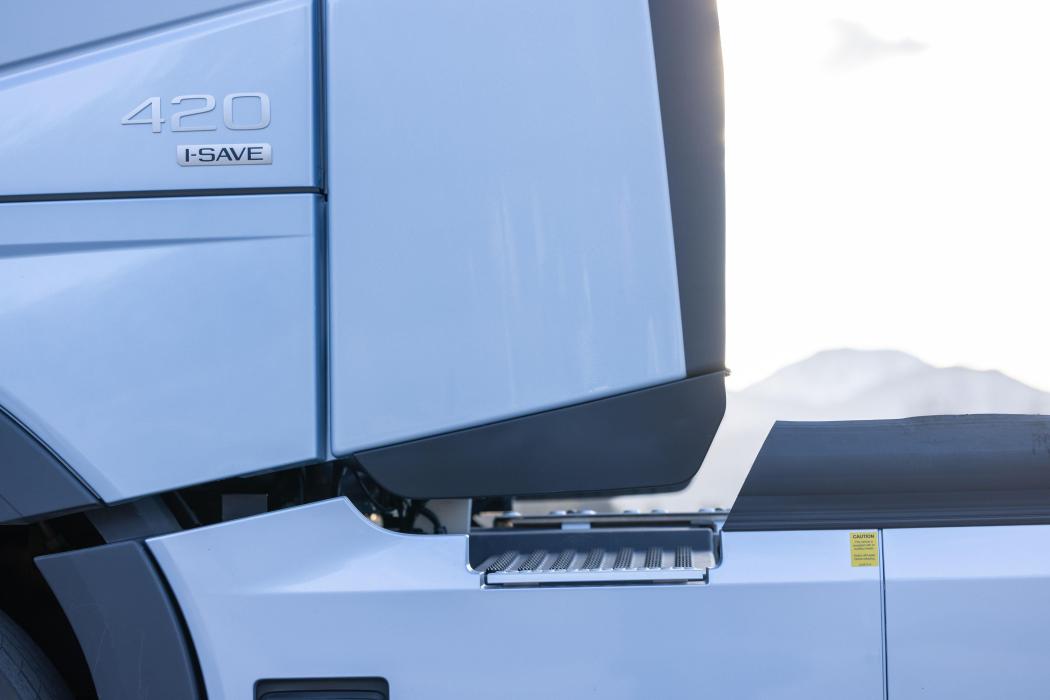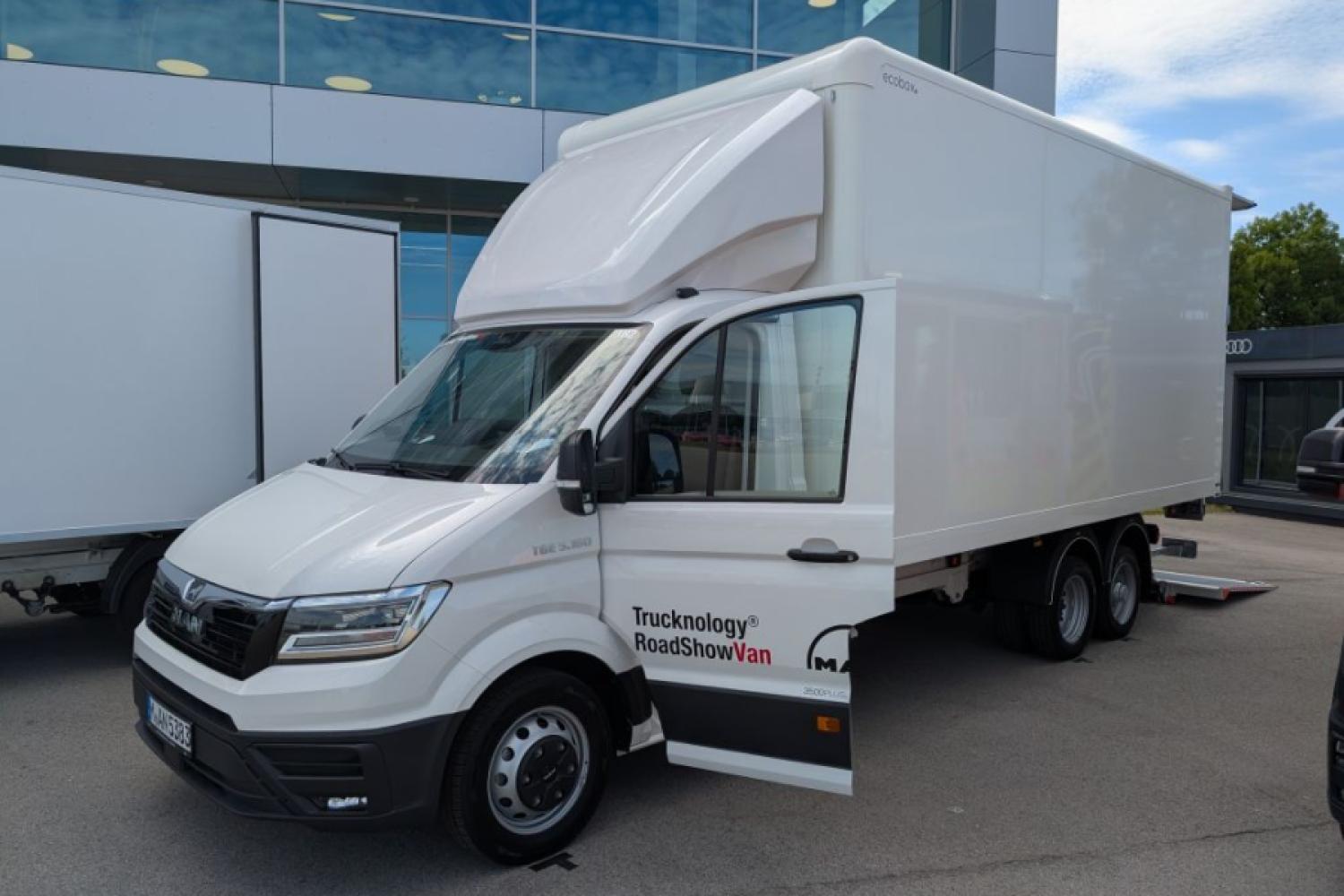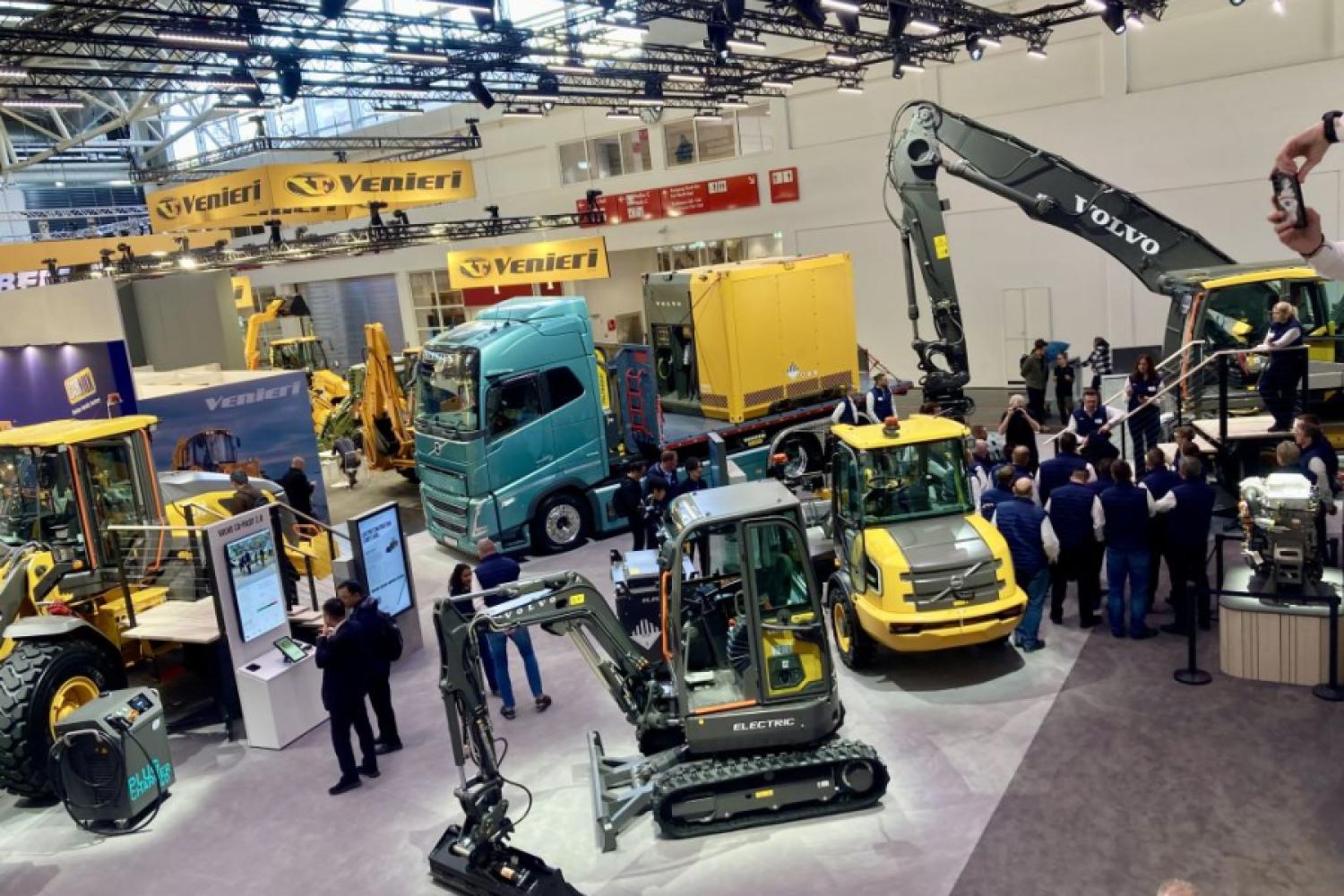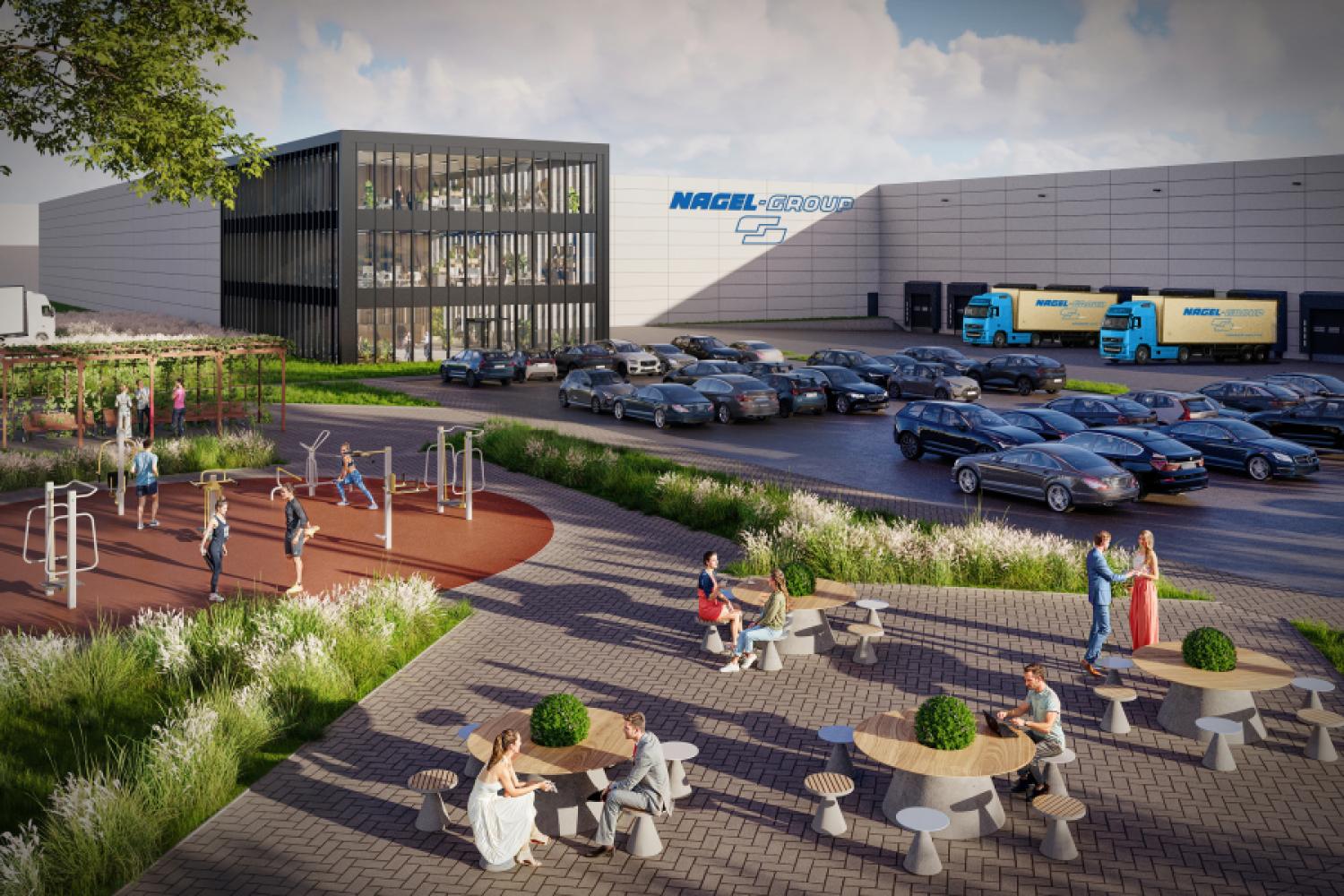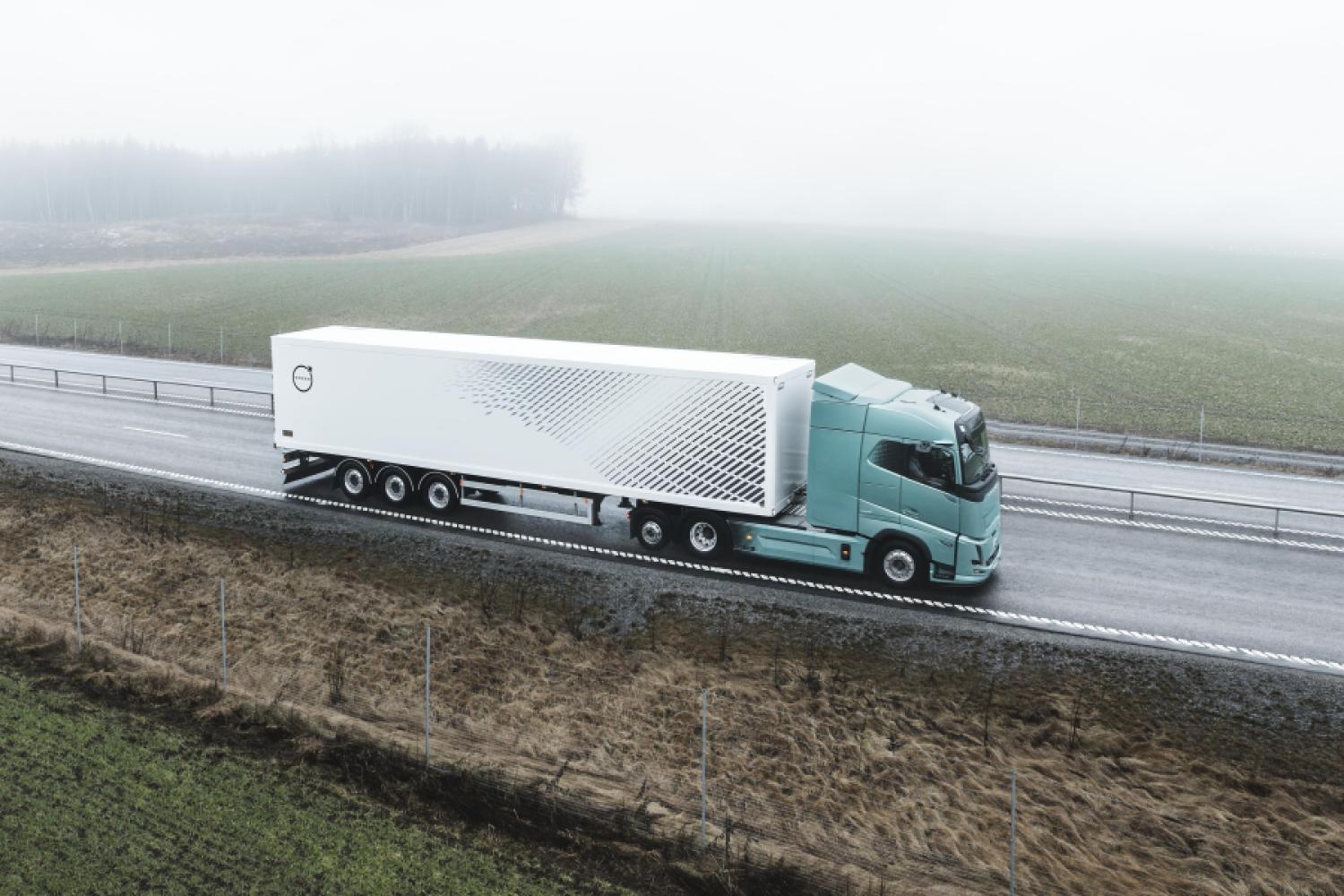Volvo Trucks introduces new aerodynamic improvements by applying a concept from the aviation industry to its heavy trucks. The manufacturer speaks of subtle yet effective changes that are expected to significantly improve aerodynamics: airflow stabilizers on the cabin, extended air deflectors, and altered chassis fairings.
Increase Efficiency
As a result, range, fuel consumption, and CO₂ emissions are expected to improve by up to two percent in addition to the efficiency gains already achieved. The Volvo FH Aero, with these aerodynamic improvements, is said to be up to seven percent more fuel-efficient than the previous Volvo FH.
According to the company, these new features are available immediately. They are offered in various
combinations for the models Volvo FH, Volvo FH Aero, and Volvo FM - however, airflow stabilizers are only available for the Volvo FH and Volvo FH Aero. The benefits apply to all types of drivetrains - electric, gas, and diesel trucks, according to the manufacturer.
“The time we spent on simulations and in the wind tunnel has paid off - with these new cabin modifications, we are building on last year's significant aerodynamic improvements that will benefit our customers,” explains Jan Hjelmgren, Head of Product Management, Volvo Trucks.
Airflow Stabilizers
The airflow stabilizers represent the most significant innovation. These are mounted on the upper corners of the cabin next to the
windshield and control how the air flows around the cabin corners with their angled fins.
According to Anders Tenstam, Senior Technology Expert Aerodynamics at Volvo Trucks, unconventional approaches were taken, and a technique usually used in airplanes, Formula 1 racing cars, and wind turbines was applied.
“The upper corners of the cabin are aerodynamically extremely critical, and thanks to our new Camera Monitor System (CMS), we were able to unlock new potentials here - by using small fins that control the airflow in the micro range and thus achieve a macroscopic effect,” Tenstam explains.
According to him, these insights will further allow the introduction of additional aerodynamic concepts. However, the airflow
stabilizers not only have advantages in terms of aerodynamics.
Two further improvements are possible: 50-millimeter extended air deflectors reportedly reduce the distance between the cab and trailer, and modified chassis fairings would allow for better alignment with the rear wheel arch.
Modern Cabin
The overall effect of the three new features is greater than the sum of the individual effects, says Volvo Trucks. And with the Volvo FH Aero, it becomes evident how aerodynamics can contribute to improving fuel efficiency in a modern truck cabin.
The extension of the cabin by 24 centimeters and various modifications to reduce air resistance would lead to significant fuel savings - especially for long-haul trucks
